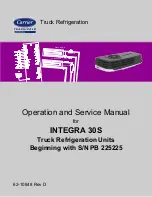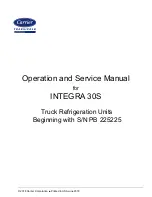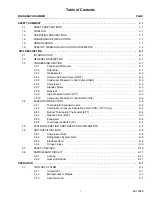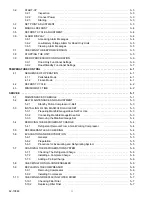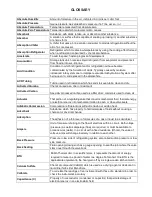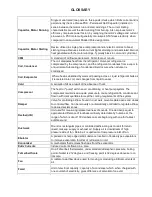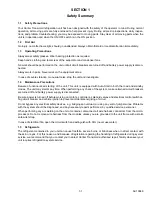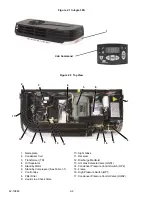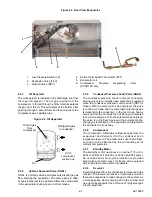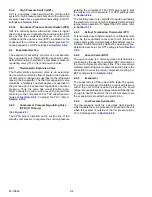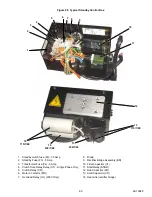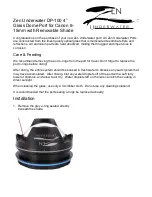
GLOSSARY
Absolute Humidity
Amount of moisture in the air, indicated in grains per cubic foot.
Absolute Pressure
Gauge pressure plus atmospheric pressure (14.7 lbs. per sq. in.)
Absolute Temperature
Temperature measured from absolute zero
Absolute Zero Temperature
Temperature at which molecular motion ceases
Absorbent
Substance with ability to take-up, or absorb another substance
Absorber
A solution or surface that is capable of soaking up (taking in) another substance
or energy form
Absorption Chiller
A chiller that uses a brine solution and water to provide refrigeration without the
aid of a com-pressor.
Absorption Refrigerator
Refrigerator which creates low temperatures by using the cooling effect formed
when a refrigerant is absorbed by chemical substance.
Accelerate
To add to speed; hasten progress of development
Accumulator
Storage tank which receives liquid refrigerant from evaporator and prevents it
from flowing into suc-tion line.
Acid Condition
Condition in which refrigerant and/or refrigeration oil have become
contaminated by the formation of acids. Typically caused by moisture
introduced into system due to improper evacuation/dehydration of system after
being open to, and exposed to the atmosphere.
ACR Tubing
Tubing used in refrigeration which has ends to keep tubing clean and dry.
Activated Alumina
Chemical used as a drier or desiccant.
Activated Carbon
Specially processed carbon used as a filter drier; commonly used to clean air
Actuator
That portion of a regulating valve that converts mechanical fluid, thermal energy,
or electrical energy into mechanical motion to open or close valve seats.
Adiabatic Compression
Compressing refrigerant gas without removing or adding heat.
Adsorbent
Substance which has property to hold molecules of fluids without causing a
chemical or physical change.
Adsorption
The adhesion of a thin layer of molecules of a gas or liquid to a solid object
Ampere
Unit of measure referring to the flow of electrons within a circuit. Both voltage
(pressure) as well as amperage (flow) are required, or must be available to
produce work (watts). In a circuit with a fixed resistance (Ohms), the value of
volts vs. amps will change inversely in relation to each other.
Back Pressure
Pressure in low side of refrigerating system; also called suction pressure or low
side pressure.
Back Seating
Fluid opening/closing such as a gauge opening; to seat the joint where the valve
stem goes through the valve body.
BTU
British Thermal Unit. In scientific terms, it represents the amount of energy
required to raise one pound of water one degree Fahrenheit. One BTU is the
approximate equivalent to the heat given off by a single wooden kitchen match.
Calcium Sulfate
Chemical compound (CaSO4) which is used as a drying agent or desiccant in
liquid line (high side) filter-driers.
Calibrate
To correlate the readings of (an instrument) with those of a standard in order to
check the instrument's accuracy
Capacitance (C)
Property of nonconductor (condenser or capacitor) that permits storage of
electrical energy in an electrostatic field.

